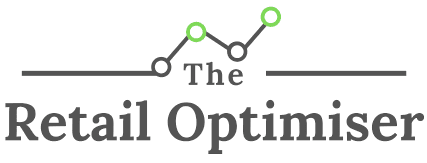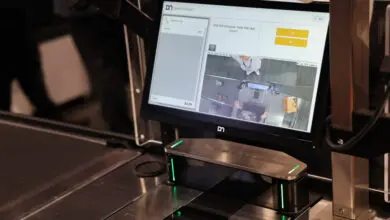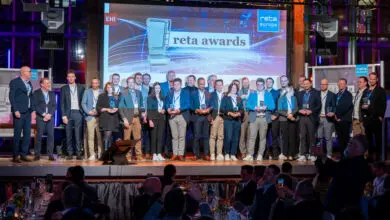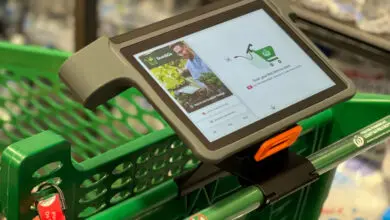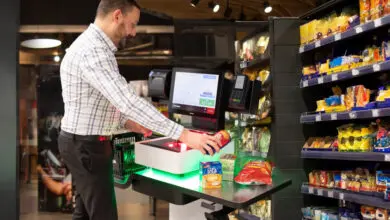How Rimi Baltic brings the customer dimension into its pricing
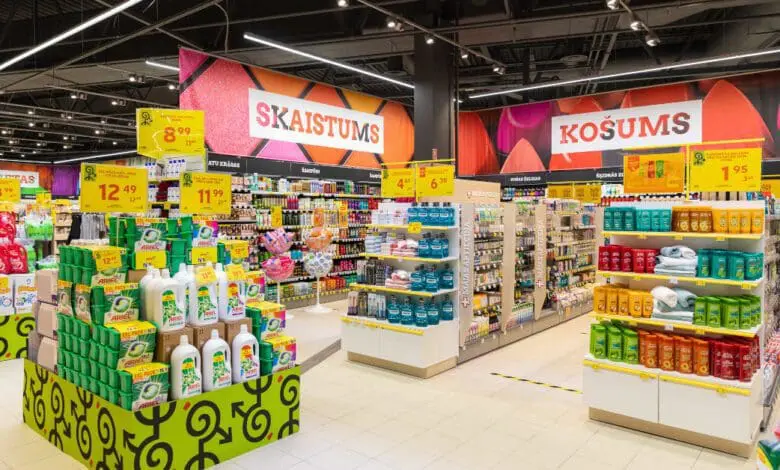
The relevance of optimisation software in the retail sector is undisputed: hardly anything has improved the results of food retail companies over the past two decades as massively as the introduction of replenishment solutions: through increasingly precise calculations of sales forecasts, the availability of goods has been increased and at the same time stocks have been drastically reduced along the entire supply chain.
However, inventory optimisation was only the first step on the optimisation journey, based on historical sales data, leading to considerably better results than human intuition. It is not surprising that hardly any other topic is as interesting for retail companies as the use of science-based price optimisation solutions. This is because these solutions not only take the retailers’ competition into account, but also their customers, by taking price elasticities into account – calculated from the historical sales data in the retailers’ data warehouses.
Retailers improve their price image
By using price optimisation solutions, however, retail companies also have the opportunity to improve their price image in a targeted manner against their competitors. This is mainly due to the fact that with such solutions, Key Value Items (KVI’s) can be identified better — daily use articles for which customers are familiar with the price and hence instinctively know if an item is reasonably priced or expensive.
A grocery retail group that recently implemented a sophisticated price optimisation solution is Rimi Baltic. The company, which belongs to the Swedish ICA Gruppen, operates about 280 hyper- and supermarkets as well as convenience stores in Estonia, Latvia and Lithuania. It is currently implementing several step-by-step, state-of-the-art optimisation solutions across its business as part of the ICA Group transformation programme, aiming to adopt a more data-driven approach to all decision making.
Live in less than a year
In January 2019, Rimi Baltic decided to implement AI-powered pricing from Revionics, a company recently acquired by Aptos. The decision was supported by the good results that RIMIs sister company, Apotek Hjartat achieved with Revionics. After shifting the pricing for the first product categories into the price optimisation solution in March 2019, it took RIMI Baltic less than a year to complete the project.
“Our goal was to bring the customer dimension into the pricing decision”, explains Mārtiņš Ķezberis, Promo and Pricing Manager at RIMI Baltic. Before the project, only competitor prices were used to make rules-based pricing changes. Now, the price optimisation solution from Revionics takes the price elasticity for each item into account based on two-years of historical data. The tool also considers how relevant the price of a specific item is for the shopper when a price change is recommended.
Better results than expected
Bringing this customer dimension into the pricing helped to improve the results significantly. “We were definitely able to increase sales with Revionics”, says Ķezberis: “And the increase was higher than we had projected in our business case.” Nevertheless, Ķezberis doesn’t want to quantify the results publicly as the effects of the lockdown make this year’s results in general very hard to compare with previous years.
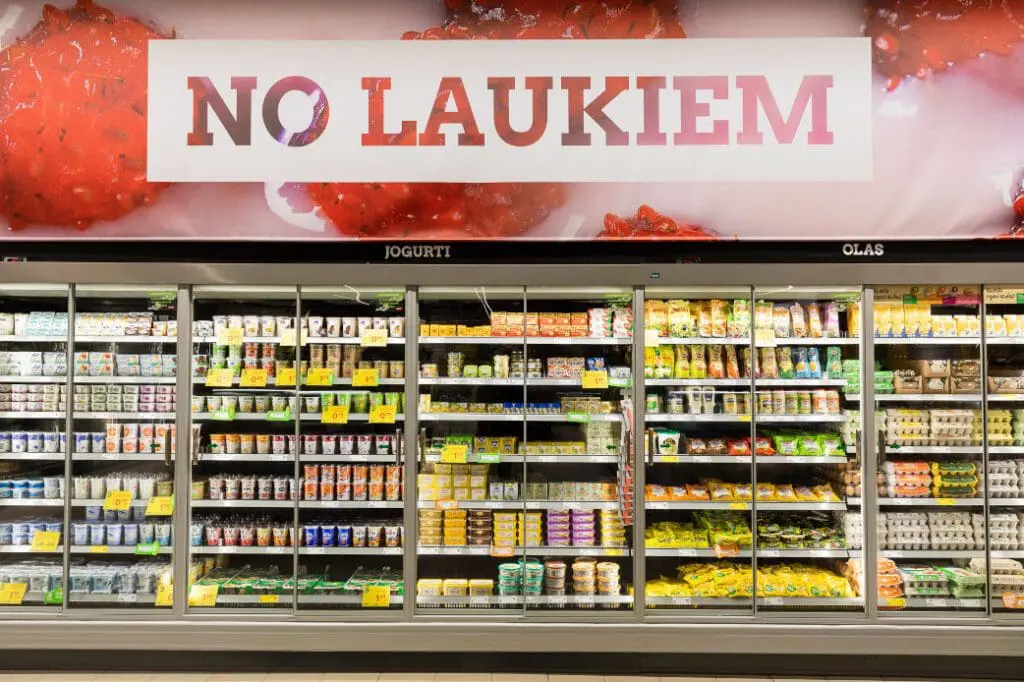
Following a recommendation from the Revionics team, RIMI Baltic chose a two-step approach to shift from simple rule-based pricing in its ERP system to Revionics without too much complexity. In the first step, the retailer switched its rule-based pricing to the software-as-a-service platform category by category. This was completed after just four months. Only then, RIMI Baltic implemented the price elasticity-based pricing category by category.
“Already the first step, in which we implemented the rules in Revionics, helped us to get a better grip on our pricing”, Ķezberis explains. The project forced the team to set category-based rules which was different to their previous approach. Also, some logical mistakes in the old rules were identified and corrected. One example, Ķezberis mentions, is that the different package size of shampoos and conditioners were not taken into account using the old rules. Also, the team identified that for some private label price entry products such as a plain chocolate bar, the standard 20% off from the benchmarked branded item was not sufficient.
The hardest part of the project, says Ķezberis, was to load the two-years-history of sales data from the SAP Business Warehouse into the new pricing platform. But also here, the project team from Revionics was very dedicated and helped significantly in making it happen in time, Ķezberis explains.
